E7158
pFLAG-CMV-4 Expression Vector
shuttle vector for intracellular transient or stable expression of N-terminal Met-FLAG
Iniciar sesiónpara Ver la Fijación de precios por contrato y de la organización
About This Item
UNSPSC Code:
12352200
Productos recomendados
tag
Met-FLAG tagged
grade
for molecular biology
form
buffered aqueous solution
peptide tag location
N-terminal
shipped in
dry ice
storage temp.
−20°C
General description
pFLAG-CMV™-4 is a 6.2 kb expression vector used for transient or stable expression in mammalian cells. The vector is a derivative of pCMV5 used for transient or stable expression of a properly inserted open reading frame as an N-terminal Met-FLAG® fusion protein.
The pFLAG-CMV-4 Expression Vector is a shuttle vector containing both bacterial and SV40 origins of replication for propagation in both E.coli and mammalian cells. Efficiency of replication and genomic integration is optimal when using host cells that express the SV40 large T antigen.
The FLAG epitope is a small, hydrophilic 8 amino acid tag (DYKDDDDK) that provides for sensitive detection and high quality purification using ANTI-FLAG products available for Sigma Aldrich.
pFLAG-CMV-4-BAP Control Plasmid is a 7.7 kb derivative of pCMV5 used for transient intracellular expression of N-terminal Met-FLAG bacterial alkaline phosphatase fusion protein in mammalian cells.
Vector Maps and Sequences
The pFLAG-CMV-4 Expression Vector is a shuttle vector containing both bacterial and SV40 origins of replication for propagation in both E.coli and mammalian cells. Efficiency of replication and genomic integration is optimal when using host cells that express the SV40 large T antigen.
The FLAG epitope is a small, hydrophilic 8 amino acid tag (DYKDDDDK) that provides for sensitive detection and high quality purification using ANTI-FLAG products available for Sigma Aldrich.
pFLAG-CMV-4-BAP Control Plasmid is a 7.7 kb derivative of pCMV5 used for transient intracellular expression of N-terminal Met-FLAG bacterial alkaline phosphatase fusion protein in mammalian cells.
Vector Maps and Sequences
Components
- pFLAG-CMV™-4 Expression Vector 20 μg (E1775) is supplied as 0.5 mg/ml in 10 mM Tris-HCl (pH 8.0) with 1 mM EDTA.
- pFLAG-CMV™-4-BAP Control Plasmid 20 μg (C4722) is supplied as 0.5 mg/ml in 10 mM Tris-HCl (pH 8.0) with 1 mM EDTA.
Principle
The promoter-regulatory region of the human cytomegalovirus2 drives transcription of FLAG®-fusion constructs. The aminoglycoside phosphotransferase II gene (neo-r) confers resistance to aminoglycosides such as G 418 allowing for selection of stable transfectants.
Legal Information
FLAG is a registered trademark of Merck KGaA, Darmstadt, Germany
pFLAG-CMV is a trademark of Sigma-Aldrich Co. LLC
Storage Class
10 - Combustible liquids
Elija entre una de las versiones más recientes:
¿Ya tiene este producto?
Encuentre la documentación para los productos que ha comprado recientemente en la Biblioteca de documentos.
Chunxue Lu et al.
PloS one, 8(7), e68764-e68764 (2013-07-31)
Glycogen has been localized both inside and outside Chlamydia trachomatis organisms. We now report that C. trachomatis glycogen synthase (GlgA) was detected in both chlamydial organism-associated and -free forms. The organism-free GlgA molecules were localized both in the lumen of
M G Chaitra et al.
Journal of medical microbiology, 56(Pt 4), 466-474 (2007-03-22)
The PE and PPE proteins of Mycobacterium tuberculosis form a source of antigenic variation among different strains of M. tuberculosis. One of the PE_PGRS proteins, Rv1818c, plays a role in the pathogenesis of mycobacterial infection and specifically influences host-cell responses
Toru Furukawa et al.
Molecular cancer, 11, 88-88 (2012-12-12)
Pancreatic cancer is characterized by constitutive activation of mitogen-activated protein kinase (MAPK). Activation of MAPK is associated with the upregulation of genes implicated in the proliferation and survival of pancreatic cancer cells. We hypothesized that knockdown of these MAPK-associated molecules
Florence Baychelier et al.
Blood, 122(17), 2935-2942 (2013-08-21)
With an array of activating and inhibitory receptors, natural killer (NK) cells are involved in the eradication of infected, transformed, and tumor cells. NKp44 is a member of the natural cytotoxicity receptor family, which is exclusively expressed on activated NK
PML-RARα enhances constitutive autophagic activity through inhibiting the Akt/mTOR pathway.
Huang, Y., et al.
Autophagy, 7, 1-1 (2011)
Nuestro equipo de científicos tiene experiencia en todas las áreas de investigación: Ciencias de la vida, Ciencia de los materiales, Síntesis química, Cromatografía, Analítica y muchas otras.
Póngase en contacto con el Servicio técnico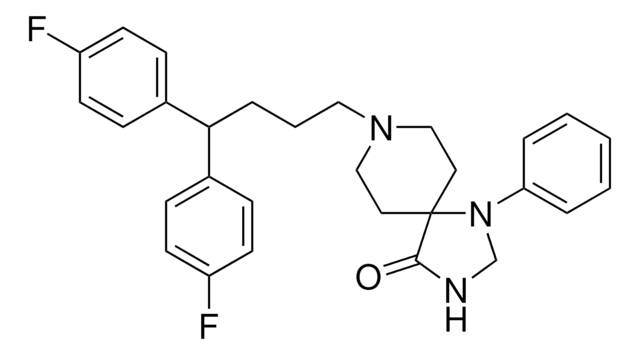
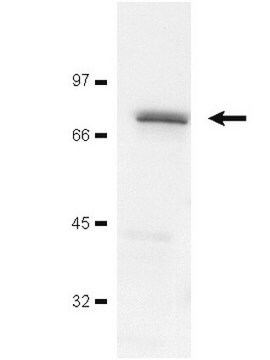



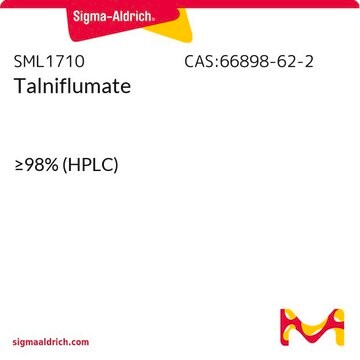
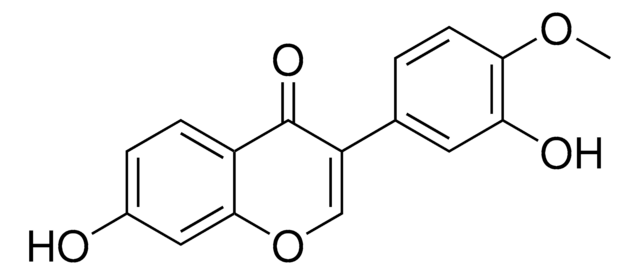
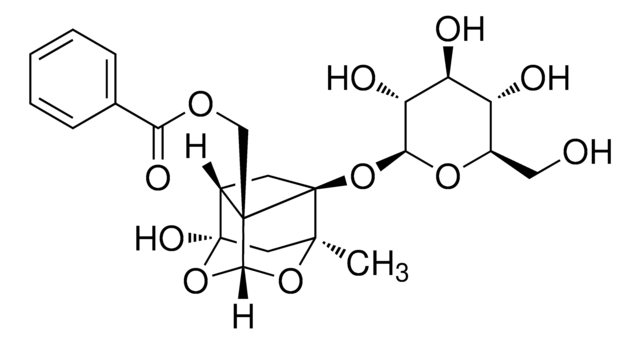
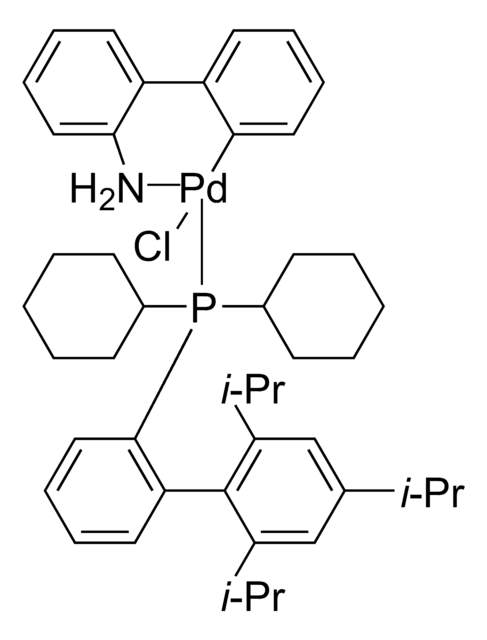
![(4R,6R)-4-(Ethylamino)-5,6-dihydro-6-methyl-4H-thieno[2,3-b]thiopyran-2-sulfonamide-7,7-dioxide monohydrochloride certified reference material, pharmaceutical secondary standard](/deepweb/assets/sigmaaldrich/product/structures/276/380/a028a965-d5c1-4027-8c9b-8d50a154b161/640/a028a965-d5c1-4027-8c9b-8d50a154b161.png)